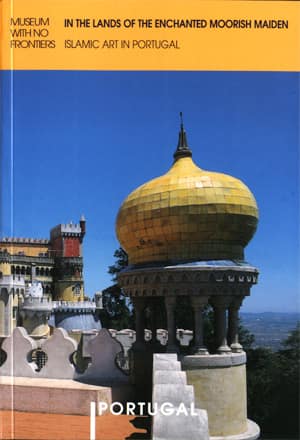If such were the aim, Portugal could offer the ideal place to test the validity of a co-ordinated approach to the promotion of culture based on advances in scientific research and development of public awareness. The case of Islamic art in the land of the ancient Gharb al-Andalus, this extreme western fringe of the Muslim territory in the Middle Ages, is particularly revealing in this context. This is so because, at first sight, five centuries of Muslim presence have left no conspicuous traces of a monumental heritage as "spectacular" as that found in nearby Andalusia or in the other Muslim territories of the Iberian Peninsula.
Despite the echoes found in the toponomy, in "torre de mouro", "herdade do mouro", "horta do mouro" and other names such as Alcarapinha, Alpedrede or Alfaro. One can invoke various factors to explain this phenomenon. Some of which are purely connected to physicality: we all know of the ravages on towns and architecture caused by earthquakes and of the loss of "legibility " of the original forms, brought about by a growing urban fabric. Other comparatively more significant factors relate to historical events and are very inspiring. These factors must more than ever be scrutinised because, by bringing to light a heritage little known, even to the local population, they contribute also to dispelling many preconceived ideas.
200 s, 170 renkli resim, 11 plan, İngilizce.




